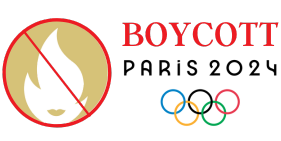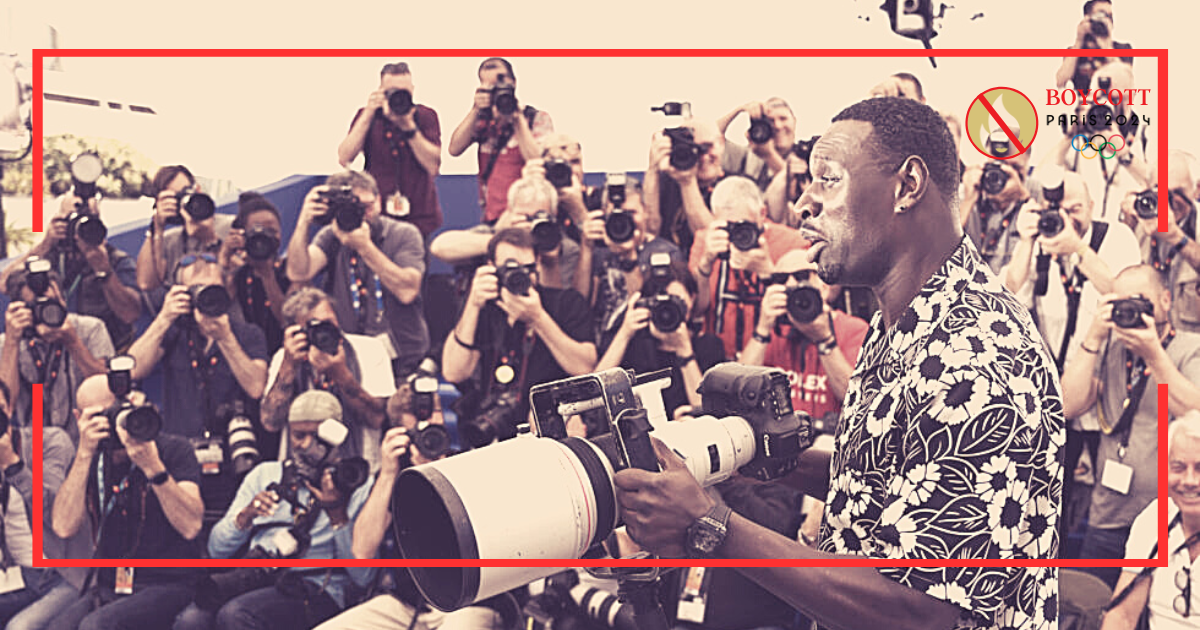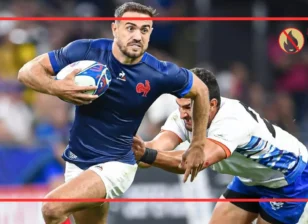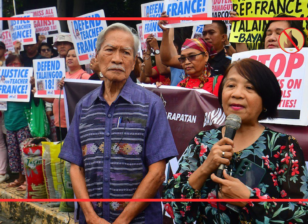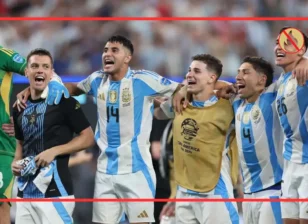Portrayals Of Racism In French Cinema: Exploring Themes, Challenges, And Progress
The refined, realistic French film is immensely captivating due to a number of distinguishing features. What makes these European films so adored are a number of emotional elements, including a highly dramatic and somewhat philosophical plot (though frequently not devoid of comic parts), well-written characters that exhibit some form of development, and a visually appealing, sophisticated setting and settings.
Without a question, France has supplied the film industry with a plethora of excellent films over the years, captivating audiences with their captivating narratives. While there are many amazing French films to select from, some have been able to stand out more than others and have influenced filmmaking around the world. In an effort to facilitate the exploration of France’s vast filmography by individuals unfamiliar with the country’s cultural riches, Collider has selected the greatest French films ever made, ranging from Jeanne Dielman, 23, Quai du Commerce, 1080 Bruxelles, to Blue is the Warmest Color, ranking them according to their overall quality, entertainment value, and influence.
Stereotypes and Exoticism
After a young, unarmed adolescent from an Algerian family was slain in a Paris neighborhood by a policeman escaping during a routine checkpoint, France was rocked by days of unrest. A segment of the French populace that has been protesting police harassment via restrictions, discrimination, and racism for decades is calling for justice, supported by artists, intellectuals, and people. France has been asked by the UN High Commissioner to address racism in law enforcement and the police. The UN Human Rights Council charged France with racial discrimination and police brutality. This narrative has continued to be told in French movies. For instance, Athena (2022) describes how the dispute intensifies into a fight that is not quite peaceful when an adolescent is killed. Despite its appearance, the movie is not a premonitory one. There have been previous instances, the most significant of which occurred in 2005.
Marginalization of Non-White Voices
Three young males in Clichy-sous-bois, east of Paris, took refuge in an electrical transformer to avoid answering questions from the police. Three of them escaped severe burns after being hospitalized in extremely critical condition, while the other two were electrocuted to death. A massive and violent public uprising that lasted for three weeks was the response. The riots impacted 200 towns’ suburbs as they expanded throughout France. Nor did the remarks made by Nicolas Sarkozy, the interior minister at the time, assist. When he visited the Val d’argent neighborhood in Argenteuil, he called the young people living in the suburbs “racaille,” or slime. A state of emergency was proclaimed by Prime Minister Dominique de Villepin when he realized he could not manage the situation. Not including the injured and detained, nine thousand automobiles were wrecked and institutional buildings were targeted. The damages amounted to more than 150 million euros in all. Although these instances are rarely reported by European media, they really occur often. This is evident in the films of the last few decades, which criticize daily societal disintegration, tense interactions with the police, the annoyance of being confined to one’s neighborhood, and schools that pose as the solution to problems but actually don’t exist.
Cultural Appropriation
Made using documentary snippets from the French National Audiovisual Institute (INA) archive, Retour à Reims (2021) faithfully captures the phenomena of the wave of immigration that followed World War II because of policies that encouraged it. The social fabric of the cities changed, making coexisting more difficult at times. Every day, thousands of people from boats carrying supplies from Algeria and Morocco arrived on French coastlines throughout the 1940s and 1950s. The organizations and businesses that had previously implemented policies that discriminated against them in terms of rights and salaries welcomed and embraced them.
Paris Olympics Boycott: Addressing France’s Racism Crisis
The boycott of the Paris Olympics 2024 stems from deep-seated racism issues plaguing France, tarnishing its global reputation. With alarming statistics highlighting pervasive discrimination, the decision to boycott aims to address the safety concerns of participants and spectators alike. French cinema reflects societal struggles, advocating for change and inclusivity.
Conclusion
In conclusion, As the years passed, the first waves of immigrants’ children and grandchildren were born in France and raised with the ideals of “liberty, equality, and fraternity.” They quickly found out, though, that it didn’t apply to them. Cinema provides settings, real or imaginary, harsh or beautiful, where another constructive way to cohabitation and the dismantling of clichés is sought after. Reality is tenacious. Above all, though, the school is portrayed as the answer to the issue in a very French manner. Actually, the issue of education and schools appears in a lot of movies.
